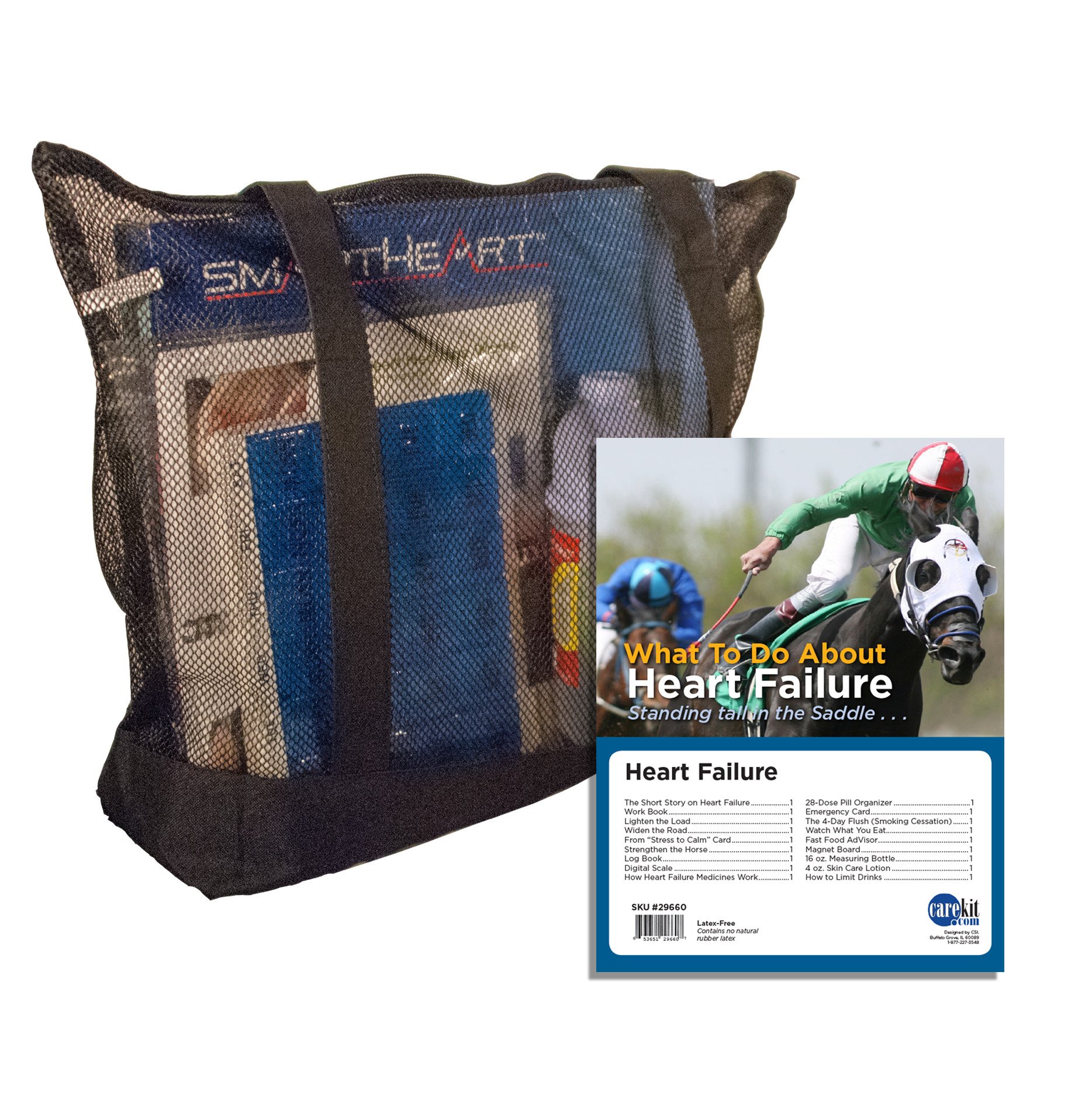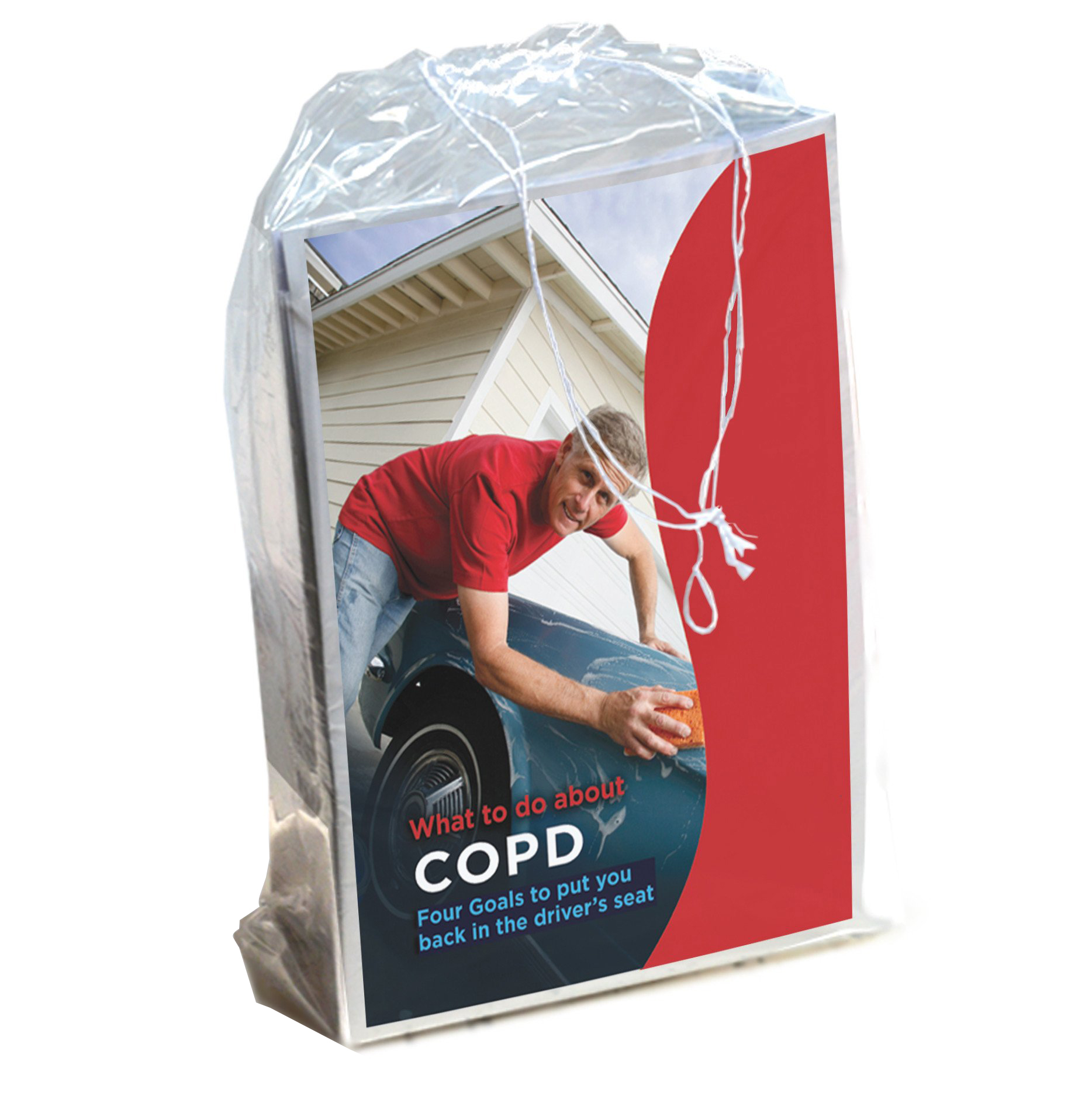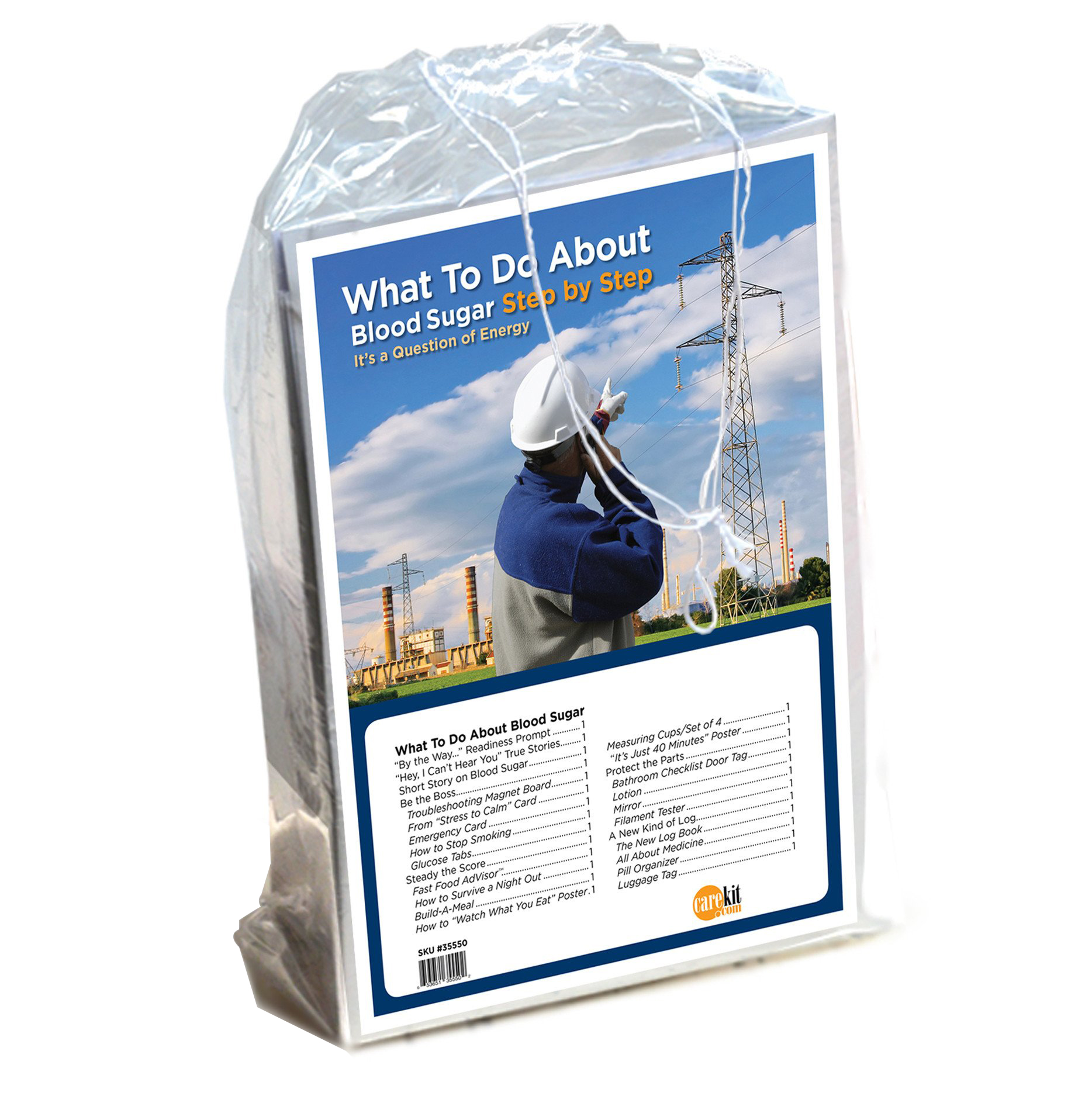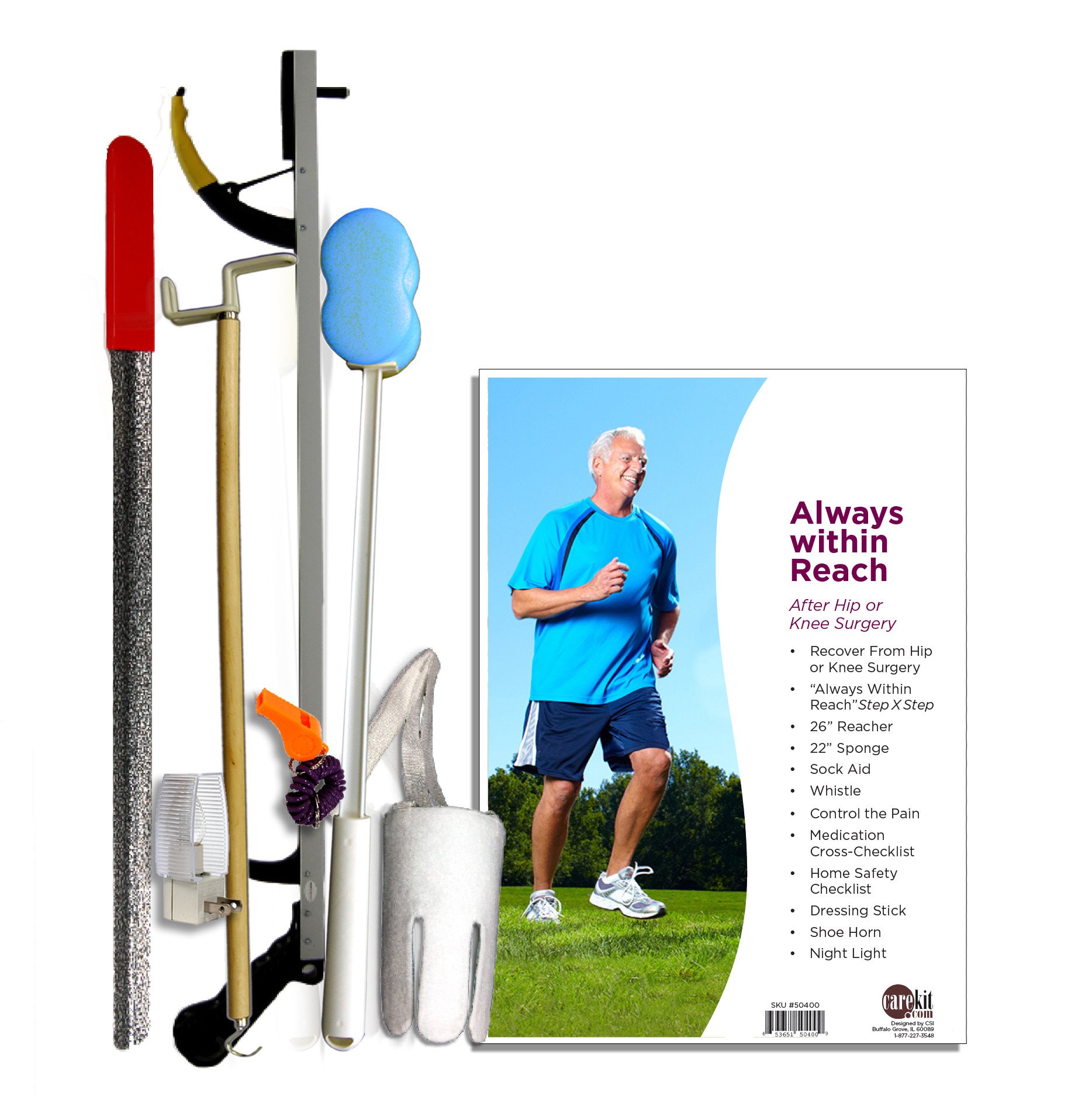Starting in 2018, Skilled Nursing Facilities, like Acute Care hospitals before them, are now subject to a penalty of up to 2% of their Medicare reimbursements for higher-than-average rates of hospital readmissions. If your patients return to the hospital within 30 days, it can trigger penalties for both the hospital and your facility, which makes reducing hospital readmissions a top priority.
In fact, CMS recently published the list of facilities that are affected and by how much. Nationally, nearly 72% of the more than 15,000 Skilled Nursing Facilities will be penalized. Skilled Nursing Facilities can see up to a 1.6% bonus in their Medicare Part A payments or up to a 2% cut. The rest will fall somewhere in the middle.1
The Pressure’s On
Hospitals are now taking a closer look at their Post-Acute networks and sending patients only to those facilities that can demonstrate the optimum level of care, including what happens after a patient’s discharge. Administrators and CNOs need to re-evaluate whether they are properly preparing patients as they transition to home.
Patient Education & Preparation Plays a Key Role
But there is good news! An easy way to help improve outcomes, gain referrals and increase satisfaction scores is not with more staff resources or medical procedures, but with some simple tools and communication. Patients who have a clear understanding of their self-care instructions are up to 30% less likely to be readmitted or visit an ER.2 In fact, in many cases, using well-crafted discharge materials alone can reduce hospital readmissions by up to 74%.3
Pursuing these strategies may slightly increase operating costs. But, in this new era of value-based reimbursement, rewards are now available to facilities that keep patients out of the hospital.
What to Look for in Patient Education
Not all patient education is created equal. Those old, ineffective pamphlets and teaching techniques don’t cut it anymore. Today’s patient education has been re-engineered to reflect the patient’s point of view and is designed specifically to be used at home – where it matters most. Re-examine your patient education and see if your program is up to the task.
Here are a few of the best practices to look for:
Adult Learning Principles
Studies show adults learn differently than adolescents. They are goal-oriented, practical and bring lifetime experiences when learning new tasks. So, patient education should be structured around key self-care goals, not mundane topics like meds or exercise. Goals give purpose to patients’ tasks and drive them to stay motivated and organized. Metaphors are useful to help patients recognize familiar experiences and relate them to more complex healthcare topics like heart failure, hip replacement therapy and COPD.
Practical Tools
Binders and folders look nice, but they are NOT practical for self-care at home. “We give out a 3-ring binder with all kinds of information, but when I visit my patients after discharge, I see it discarded off to the side under the mail or TV remote,” said one DON. “Are our patients supposed to run back to the binder every time they need something?” Instead, patients need practical tools they can use all over the house and at the location they will manage that specific task. Reference tools that are structured as posters, magnet boards and carry-cards are much more useful at home.
Literacy Matters
CMS recommends patient education should be written with basic literacy levels. Typically, this means to a 3rd- or 4th-grade reading level. But, there are other design principles that are equally important. Materials should use an active voice, at least 12-point font, and relevant illustrations and real-world images that enhance the patient’s understanding.
Standards of Care
We all know to use commonly accepted standards of care from reputable sources. But, keeping up with these condition-specific standards can be a challenge. Consistent review is required to ensure they are current and up-to-date. For instance, in late 2017 the American Heart Association announced new high blood pressure guidelines for some people of 130/80 mmHg rather than 140/90. Do your materials reflect these new standards?
Your Bottom Line
Patient education done right will have a two-fold effect. First, with tightening Post-Acute networks, you’ll be able to help differentiate your facility and create closer ties with referral sources. Second, it may down overall costs. Staff are on-boarded faster and can spend less time teaching. Patients are more engaged and ready for discharge. They understand their role and exactly what to do when they get home. The result is usually lower readmissions and higher satisfaction scores that directly affect your bottom line.
Try Patient Education at Your Organization
Use patient education, including Care Kits, to help you reduce readmissions and avoid penalties. Each Care Kit contains expertly crafted patient education, practical tools and core devices your patients will likely need at discharge. Care Kits are also branded to your facility to differentiate you and help you gain referrals.
Heart Failure
A best seller! Tools patients need for self-care at home.
COPD
Helps patient overcome mental barriers and includes a self-care action plan.
Blood Sugar
Proven to lower A1C, prevent ER visits and reduce hospital readmissions.
After Hip/Knee Surgery
Not an ordinary hip kit. Includes step-by-step directions and vetted tools.
Care Kits Work!
Studies have shown that Care Kits can reduce hospital readmissions by up to 74%. Direct Supply offers more than 25 condition-specific Care Kits. To order, call your Direct Supply account manager at 800-634-7328 or visit our online store.
1 Jordan Rau, Medicare Cuts Payments to Nursing Homes Whose Patients Keep Ending Up in Hospital, Kaiser Health Care News, December 3, 2018
2 Brian W. Jack, MD, Veerappa K. Chetty, PhD, David Anthony, MD, MSc, et al, “A Reengineered Hospital Discharge Program to Decrease Re-hospitalization,” Annals of Internal Medicine 150(3), Feb. 3, 2009, pp. 178-187, http://www.annals.org/content/150/3/178. abstract
3 Source: Communication Science, Inc makers for Care Kit.








